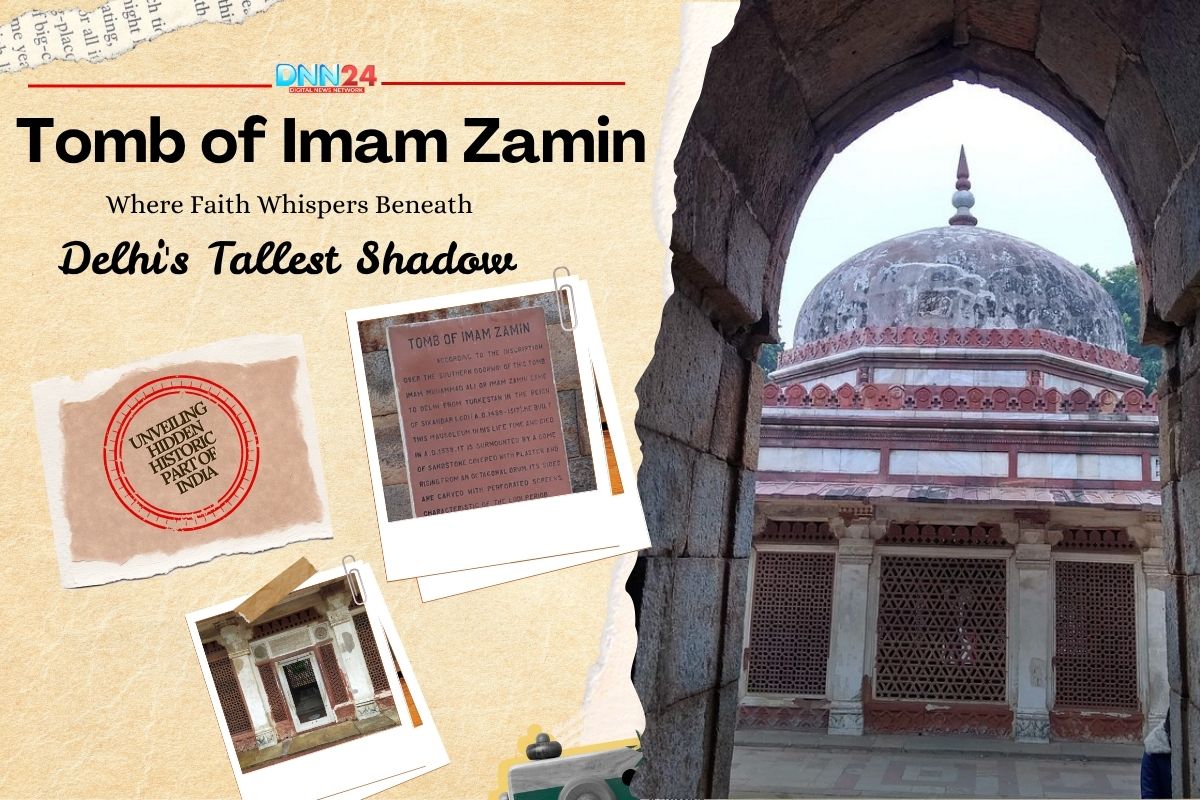At the busy edge of Delhi’s famous Qutub Minar complex, where centuries speak through carved stone windows, sits a small marble wonder that most visitors walk past without noticing. This is the tomb of Imam Zamin, a structure so modest it almost disappears next to the towering Qutub Minar. But step closer, and you will discover something rare, a place where history feels less like a museum and more like a living prayer.
Muhammad Ali, known fondly as Imam Zamin, was no ordinary man. He journeyed from faraway Turkestan around 1500 CE, arriving in Delhi when Sultan Sikandar Lodi ruled and the city hummed with both royal ambition and spiritual seeking. A direct descendant of Prophet Muhammad, Imam Zamin carried himself with such gentle wisdom that nobles and common folk alike sought his company.
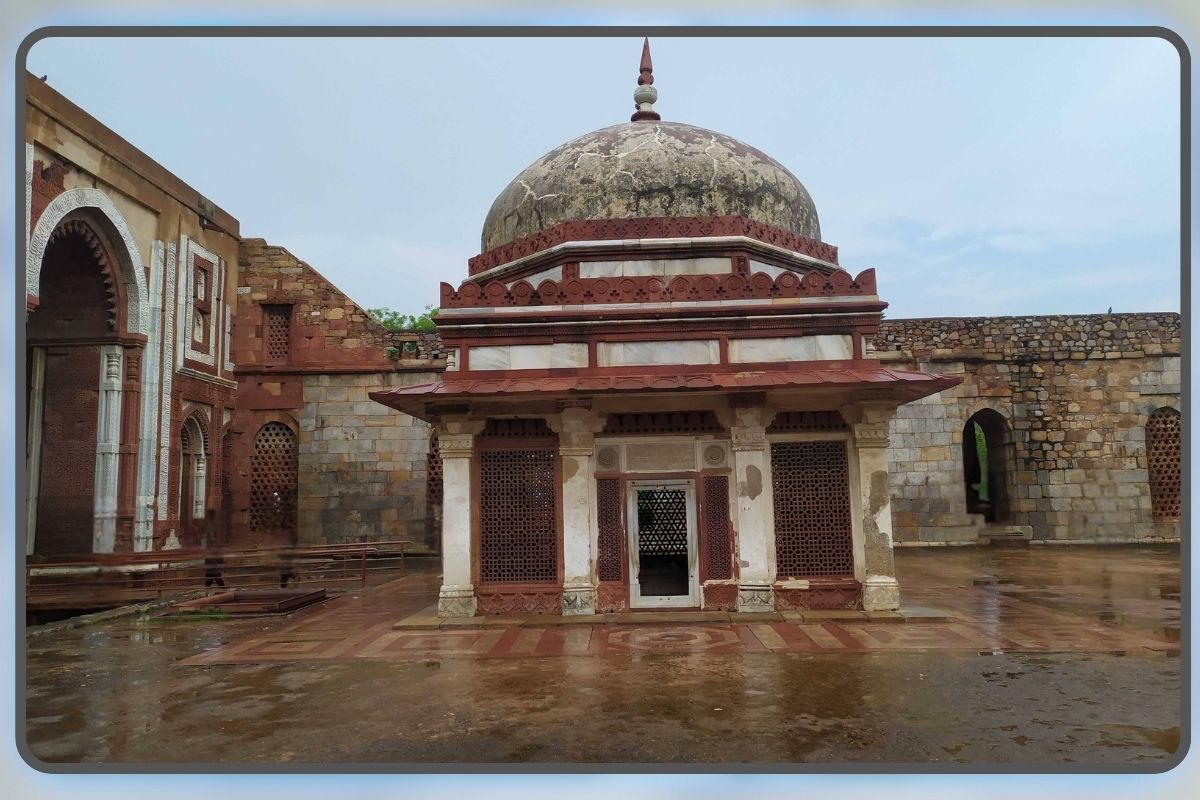
He eventually became the chief imam of the ancient Quwwat-ul-Islam Mosque, the very mosque that stands beside the Qutub Minar. What makes his story unusual is this: Imam Zamin built his own tomb while he was still alive. Between 1537 and 1538, during the early days of Mughal emperor Humayun’s reign, he quietly constructed a simple chamber of peace for himself.
Just one year later, in 1539, he passed away and was laid to rest within these walls he had designed. Perhaps he understood something profound about life and memory, that true legacy is not about grand monuments but about the quiet spaces we create for remembrance. His tomb remains exactly that today, a breathing pause in the rush of history, a touch of white marble against the wilderness of red sandstone and time.
Architecture That Speaks Without Shouting
Walk near the Alai Darwaza gateway, and you will notice an octagonal structure that seems almost out of place in its simplicity. This is Imam Zamin’s tomb, built in the late Lodi architectural style when Delhi’s builders were experimenting with domes that curved like cupped palms in prayer. The tomb is mainly made of red sandstone and crowned with a delicate, ribbed dome that appears fragile yet has survived nearly five centuries.
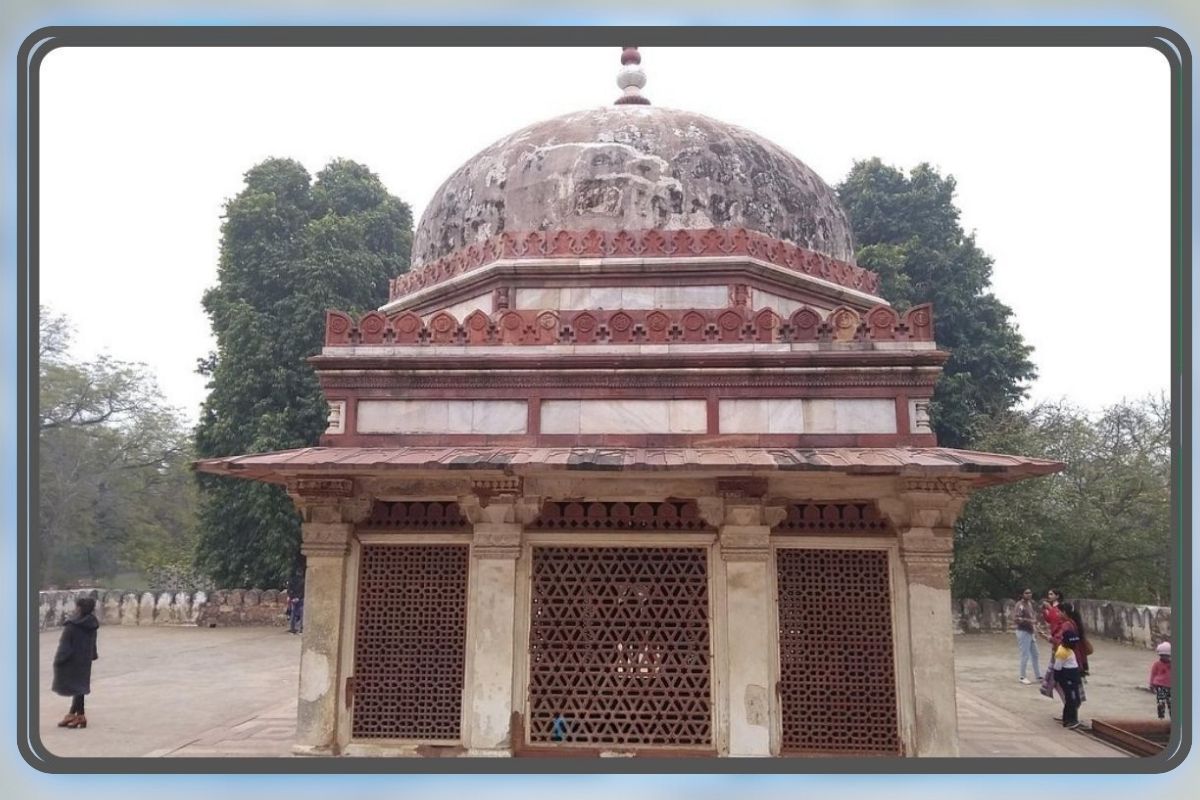
It sits on a raised platform, its walls decorated with ornamental stone screens called jaalis that let sunlight filter through in patterns that shift with the hours. Inside, white plaster covers the walls, creating a sense of purity and calm that invites you not to marvel, but simply to be still. The design captures a unique moment in Delhi’s architectural history, straddling two great traditions.
The dome’s shape belongs to the older Delhi Sultanate style, while the balanced proportions hint at the Mughal elegance that would soon dominate northern India. Here you can see how different artistic traditions met and merged. Quranic verses flow alongside decorative patterns borrowed from Hindu temple carvings, creating a visual conversation between faiths. Even the mihrab inside, which marks the direction of Mecca for prayer, sits surrounded by delicate geometric designs that reflect India’s mixed cultural heritage.
This tomb does not compete with the giants around it. It does not try to impress with size or overwhelm with decoration. Instead, it offers something quieter and perhaps more lasting: grace. The breeze moving through those stone screens seems to carry the echo of old prayers, and every beam of light that enters feels purposeful, as if it knows this is sacred ground built with both skill and affection.
The Forgotten Stories That Refuse to Fade
History books tend to focus on emperors and battles, on the loud and dramatic moments that make for exciting reading. But some stories survive precisely because they are quiet. After all, they touch something universal that does not depend on power or wealth. Imam Zamin’s tomb holds such stories.
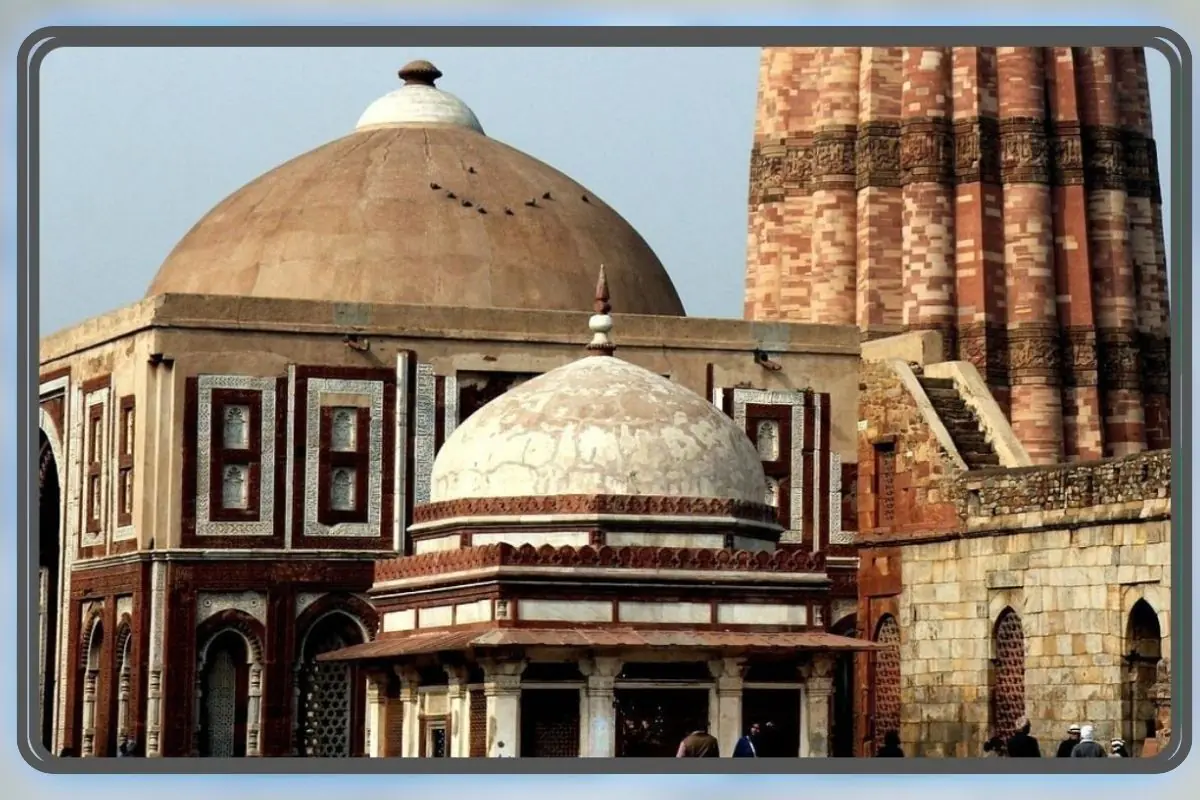
According to local tradition, the saint welcomed travellers and scholars who passed through the Qutub complex, which in his time was not just a monument but a living community of religious teachers, artisans, and seekers. His teachings reached far beyond what official records could capture.
When Babur’s armies swept through Delhi and later when Humayun returned to rebuild his empire, Imam Zamin offered a different kind of strength: spiritual shelter in times of political chaos. He was the calm eye in the storm, a holy man whose devotion earned him more lasting respect than any royal title could provide.
What makes this tomb especially moving is that Imam Zamin did not leave his memorial to chance or to grieving followers. The inscription above the doorway, still visible despite weather and age, tells us he built this final home for himself, mixing devotion with a peaceful acceptance of mortality. He died one year after completing it, and some people in the neighbourhood still believe his blessings protect the entire Qutub complex from harm.
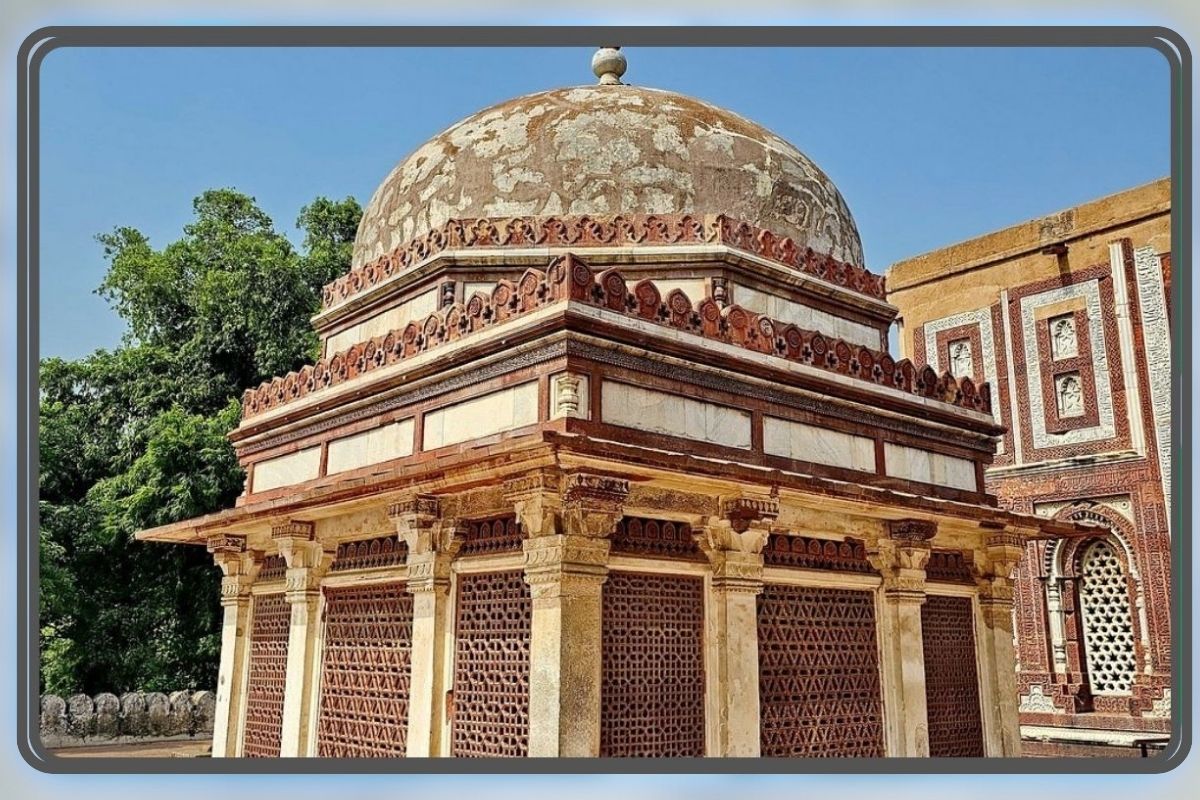
While the grand tombs of sultans have crumbled or been forgotten, this small refuge of faith continues to stand under the same Delhi sky. Visit at dusk when the setting sun paints the Alai Darwaza a deep crimson, and you might almost hear the faint call to prayer mixing with the cries of parakeets returning to roost. The marble gleams softly like a memory refusing to die, reminding anyone who pauses that holiness needs no grand stage. In this tiny tomb, a straightforward human wish still echoes across the centuries: may peace outlast power.
Why This Small Tomb Still Matters Today
In modern Delhi, where glass towers climb higher each year and traffic noise never really stops, Imam Zamin’s tomb offers something increasingly rare: a place of stillness and reflection. It teaches lessons our busy age needs to hear again. It values simplicity over spectacle, devotion over dominance, and peaceful coexistence over conquest or conversion. In a time when people often define themselves loudly and defensively, this 16th-century shrine quietly demonstrates the beauty of shared heritage, of a Turkestan mystic finding a home in Delhi’s rich spiritual landscape.
Most people visit the Qutub complex to photograph the famous tower and then leave. But those who pause beside Imam Zamin’s modest sandstone dome often feel something shift within them, a sense of connection to something larger and older than their own moment in time. Here, history does not perform for tourists. It simply exists, patient and present.
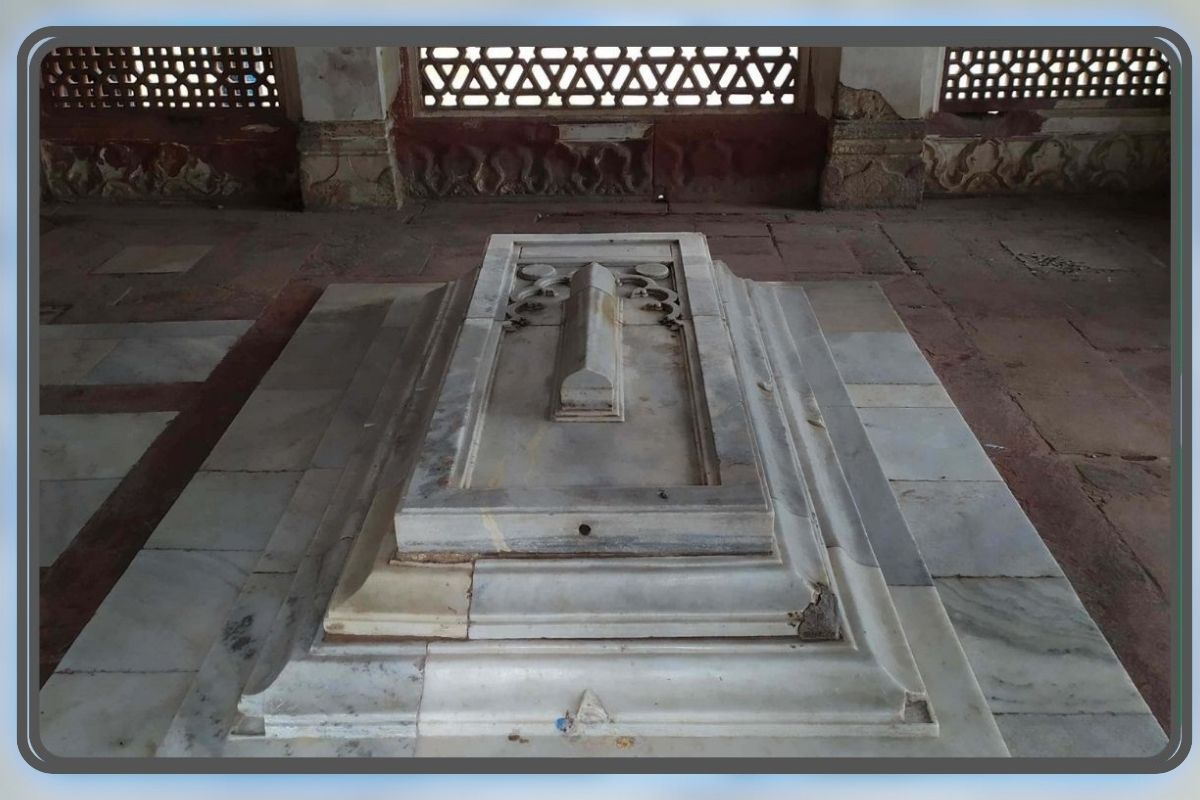
The life of Imam Zamin speaks to themes that matter as much now as they did five hundred years ago: migration and belonging, faith without fanaticism, humility as strength, and the possibility of building bridges between different cultures and beliefs. The Archaeological Survey of India works to preserve this monument as part of Delhi’s layered past, protecting its delicate stonework and fading inscriptions from pollution and neglect. But beyond official heritage status and tourist guidebooks, the tomb invites something more personal. It asks each visitor to consider what kind of legacy really lasts, what we build that outlives our brief years.
Imam Zamin’s answer was clear: not empire, but empathy. Not monuments to power, but spaces for peace. So the next time you find yourself in Mehrauli, stand quietly beside this small tomb. Watch how afternoon light streams through the stone screens like prayers made visible. Understand that faith rooted in love and humility can outlast even stone itself. Imam Zamin never sought power or fame. He wanted only peace. And his little tomb, resting forever in the shadow of the mighty Qutub Minar, continues to whisper this truth: history’s most enduring monuments are not those that dominate the skyline, but those that touch the heart.
Also Read: Tomb of Bahlul Lodi: Delhi’s Hidden Sultan and His Humble Legacy
You can connect with DNN24 on Facebook, Twitter, and Instagram and subscribe to our YouTube channel.

